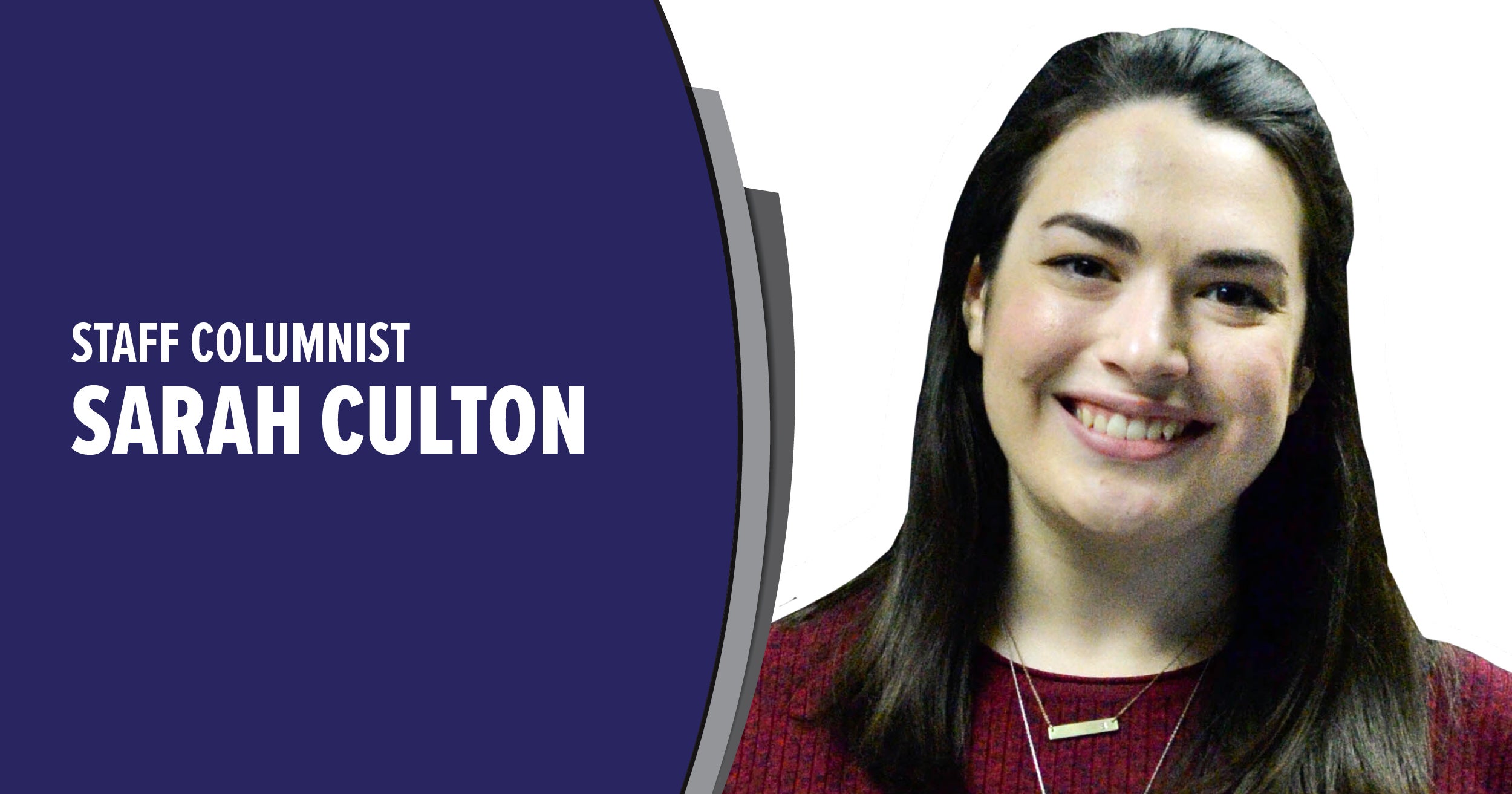A grey area in the marijuana madness
Published 11:04 am Thursday, July 13, 2017
Drugs are bad.
This was the basis of countless lessons repeatedly enforced at home and at school throughout most of my childhood.
We watched frightening videos portraying the alarming results of drug use — decayed teeth, cauliflower tongue, skin craters — images that were scary enough to make a point with just about anyone.
We were taught, mostly, that there are no gray areas pertaining to this subject. Drugs are bad and that is that.
This is perhaps why there has been so much resistance to permitting facilities that sell medical marijuana to open in our communities. Truthfully, I was among those hesitant to permit the legal sale of the drug because of my own upbringing and experience.
However, another lesson we all learn through childhood is that there are exceptions to every rule, which we have learned to be the case with drugs — particularly those that provide medical relief.
Through the eight-part Closer Look series published last week in our newspapers, we learned that marijuana usage is not so black and white.
Whenever we are faced with issues that divide our communities, it is our responsibility as journalists to provide clarity to dispel rumors and find truth. This is why we set out to learn just how allowing medical marijuana dispensaries to set up shop could impact southwest Michigan.
As with every issue, we felt it important to put a face to the topic, so we talked with Kim Waldrop, a Niles Township woman and nurse who faced debilitating pain from multiple sclerosis, which was finally alleviated by medical marijuana.
A local physician explained how marijuana physically impacts the body, and explained in great detail the science behind how it alleviates pain and other ailments.
We spoke with people who are interested in opening dispensaries and a man who works a testing facility for marijuana. We discussed the potential legal ramifications should people break the laws associated with medical marijuana with Berrien and Cass County prosecutors, and we listened to the concerns of local law enforcement officials.
We learned that medical marijuana has the potential to have a positive impact on southwest Michigan, so long as it is regulated in such a way that only those who need the drug medically are able to get their hands on it.
After to talking to countless stakeholders, we researched how both recreational and medical marijuana are impacting states that have legalized it. There seems to be a great opportunity for jobs and economic growth from which each of our communities could benefit.
We have heard from all sorts of professionals — from local lawmakers to law enforcement, from patients to doctors, and from business owners to entrepreneurs interested in investing in this up and coming industry.
Now, we want to hear from you.
After reading this eight-part series, how do you feel about medical marijuana facilities opening in your backyard? What concerns do you still have? Why do you feel these operations should or should not open here? What information do you still need?
We encourage you to share your thoughts not only with us, but with the elected officials responsible for representing your opinion.
We hope that this information has provided some clarity on an otherwise murky topic.
Ambrosia Neldon is the general manager at Leader Publications. She can be reached by phone at (269) 687-7700, or by email at ambrosia.neldon@leaderpub.com





